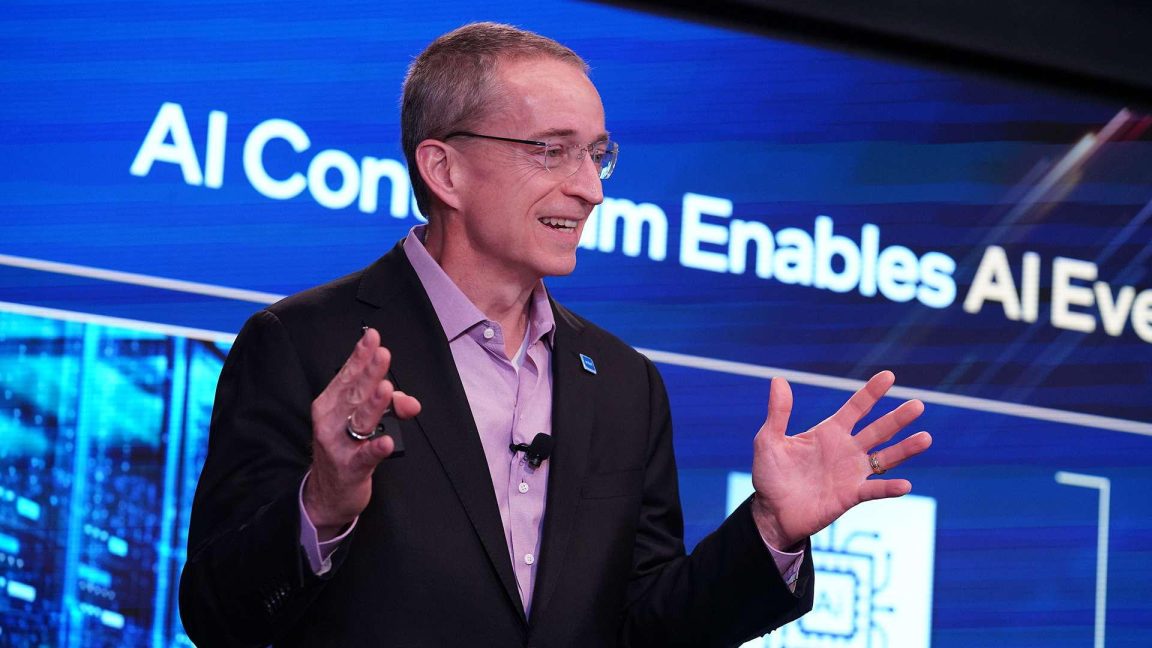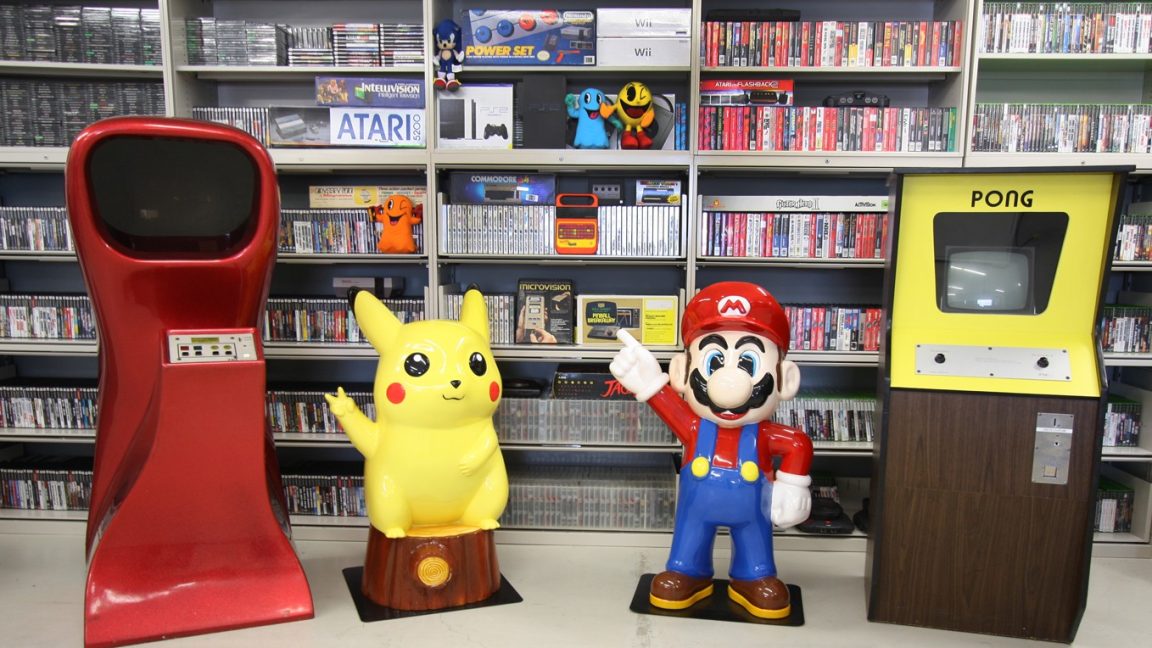In a surprise move, Intel CEO Pat Gelsinger has stepped down as head of the company after less than four years, as reported by Reuters and other outlets. The change caps a chaotic year for Intel, which is poised to report its first annual financial loss since 1986 and announced layoffs of at least 15,000 employees this year as it attempted to cut costs.
Intel CFO David Zinsner and Client Computing Group head Michelle Johnston Holthaus will be sharing the title of interim CEO while the company's board of directors searches for a new CEO. Gelsinger has also stepped down from his seat on the board.
A statement from board chair Frank Yeary suggests that Intel plans to continue Gelsinger's signature push into the chip foundry business.
"While we have made significant progress in regaining manufacturing competitiveness and building the capabilities to be a world-class foundry, we know that we have much more work to do at the company and are committed to restoring investor confidence," said Yeary.
Gelsinger had pushed to transform Intel from a company that primarily manufactures and sells its own chip designs to one that also manufactures chips for other companies without their own factories. To do that, Intel would have to recover from years of manufacturing stumbles and catch back up with Taiwan-based TSMC, currently the world's most advanced and most successful chip foundry. Even Intel has been using TSMC to manufacture many of its most advanced CPUs and GPUs in the last couple of years, breaking a decades-long streak of manufacturing most of its chips in house.
Intel claims to be on track to launch its 18A process next year. The company says 18A will be competitive with TSMC's technology and allow Intel to start making all of its own processors again.
Whether Intel's foundry initiative ultimately succeeds or not, the company is struggling in the near term with softer demand and increased competition in its traditional consumer and server CPU markets, and it has largely missed the boat on the generative AI gold rush that has lined Nvidia's pockets for the last couple of years (and to a lesser but still significant extent, AMD's).
Gelsinger worked at Intel for most of his adult life, joining the company at age 18 in 1979. He was the lead architect of the 80486 processor, released in 1989, and became the company's chief technology officer in 2001. His only break from Intel started in 2009, when he left to join the EMC Corporation; he became CEO of VMware in 2012, a few years before Dell would acquire both EMC and VMware in 2016. Gelsinger remained in the CEO position until rejoining Intel as CEO in February of 2021.


